Article: The Story of Signet Rings
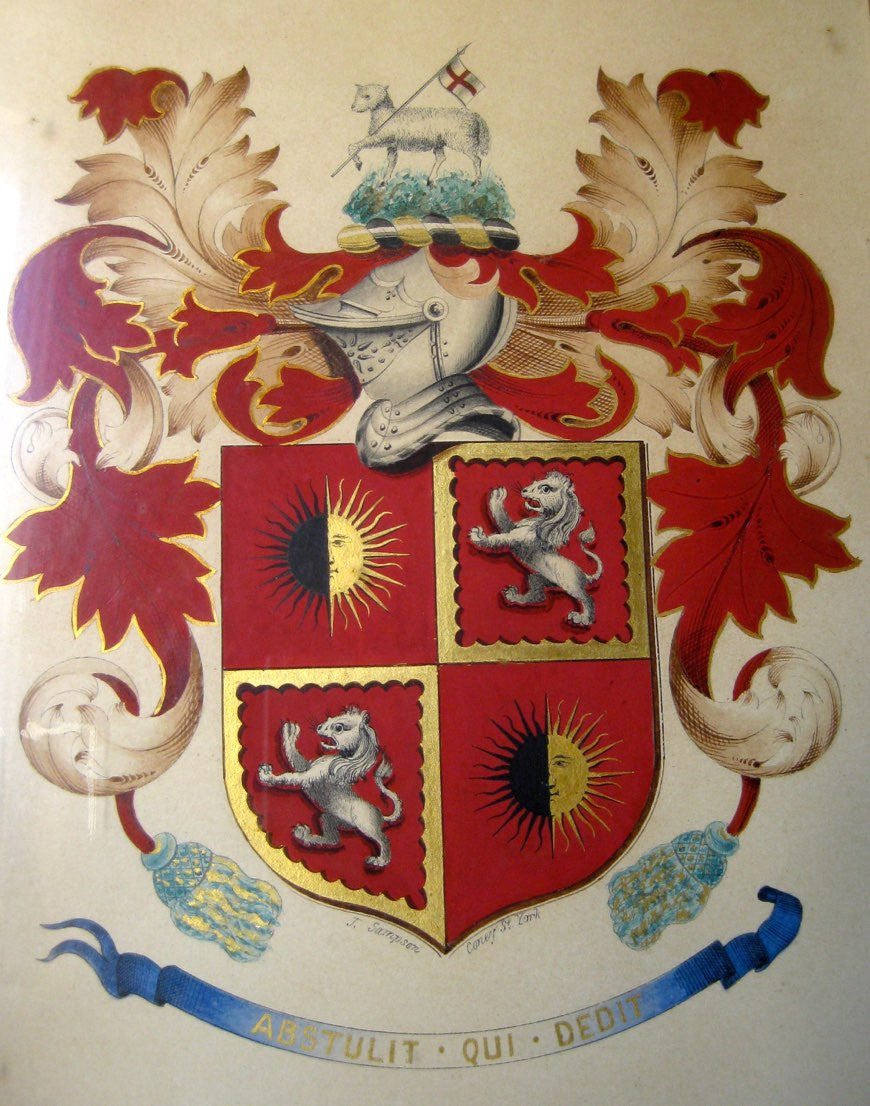
The Story of Signet Rings
The word Signet is believed to have its origins in Anglo-Norman and Middle French and dates to at least the second half of the thirteenth century when its primary meaning was a " … small seal employed for formal or official purpose … " which was a substitute for a signature on official documents at a time when few people could write. Scholars believe that it is related in meaning to the word signal, in the now obsolete sense of that word as " … a badge, an emblem, or a symbol."
Signet rings (although not called that at the time) date from the early Greeks when iron rings were worn by army commanders as a symbol of victory. In ancient Mesopotamia seals of the priest king Uruk have been found that date back to 3200 BC. In Egypt around 1800 BC the most common seal ring was the scarab. These rings flipped to reveal the hieroglyphs identifying the owner on the reverse side of the scarab. Around 500 BC the Romans wore symbolic rings, made in iron and later in gold. Often incorporating a seal engraved gemstone, signets were tossed into a pile, one drawn at random, the symbol on the selected ring was then interpreted as an omen - either good or bad - predicting the outcome of a contemplated action. When Hannibal defeated the Romans, orders were given for all signet rings to be gathered from the dead Roman legionaries on the battlefield, not for their value but as proof of the slaughter.
While signet rings were first worn by highly decorated warriors as signs of victory, the Romans later allowed others to wear them as a sign of wealth and status. Freed men were permitted to wear silver rings, but sometimes wore blackened gold so they had the feel of gold without breaking the law.


The signet is almost certainly the first type of ring made for practical purposes. Long before writing was common it was necessary to mark royal proclamations and legal documents with a monogram, the signet ring pressed into a warm wax puddle to identify the owner in place of a signature.

Roman Empire c. 100 AD
Victoria and Albert Museum
These emblems represented power and authority of the owner and they were deemed indispensable to commerce, bills of sale and other official documents. For this reason they were quite often made into a ring where the owner could keep it safely under his control and readily available on his finger. It became the practice to hand down the signet ring from father to son and thus also transferring the power and authority.
Wealthy and prominent people collected rare engraved gems that had been created in ancient times through to the Renaissance and they set them in elaborate rings. Only the very wealthy could afford such carvings so replicas of engraved gemstones or cameos were created using a custom glass paste formula. They were called “Tassies” named after James Tassie (1735 - 1799) a Scottish gem engraver.
Desire for intaglios from ancient times began to wane, but were still available for purchase by tourists. The signets of the 19th century had a more romantic or nostalgic theme. Pride of heritage was reflected in elaborate rings with coats of arms and heraldic crests. Initials carved into hard stone or gold became more popular and although they were rarely used for sealing documents, the signet ring was considered essential to complete the dressing of a gentleman. There does not appear to be any particular tradition about which finger or even hand it might be worn, the only important point was that he wore it.
Today signet rings are worn by both men and women. Typically made of gold or silver, they are often incised with the family coat of arms or etched with the owners initials. Many signet rings bear fraternal lodge emblems or school or university symbols. What is little known however is that like many technical trades there are fewer artisans capable of this high level art of fine hand engraving.
 Gold c. 1500 - 1400 Knossos, Isopata Greece
Gold c. 1500 - 1400 Knossos, Isopata Greece
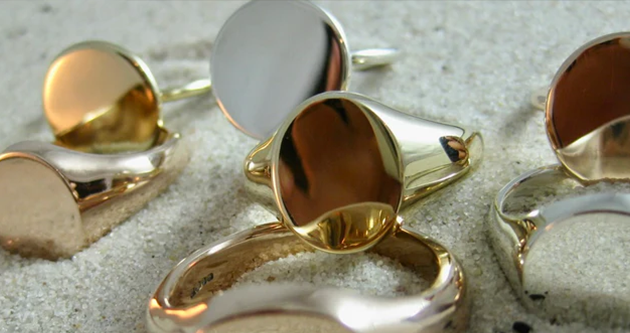
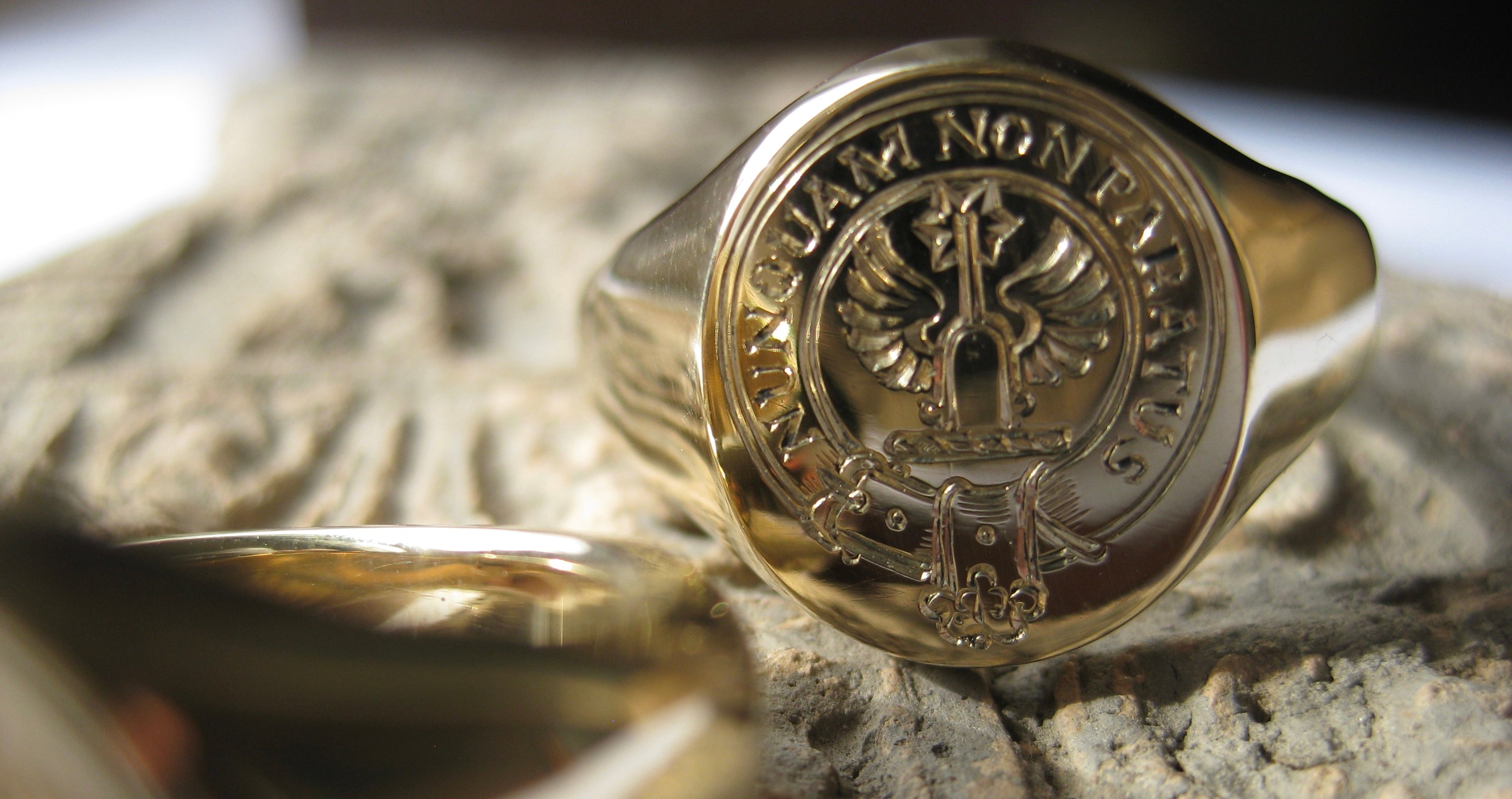
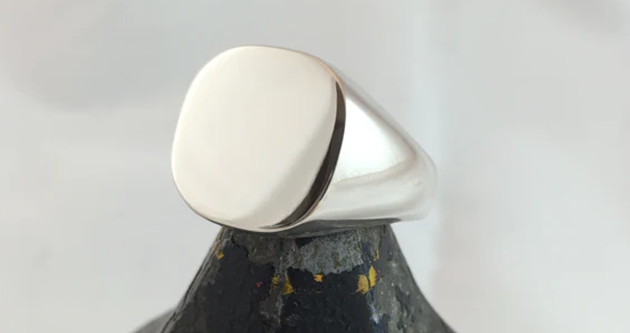
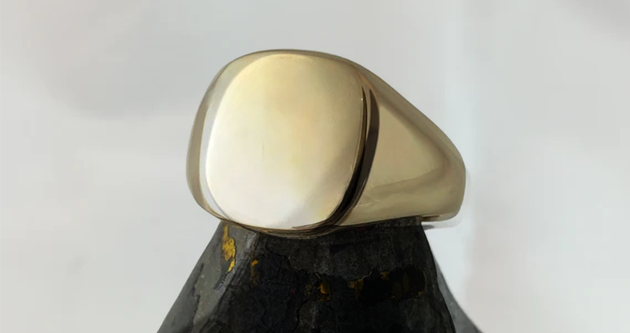
Leave a comment
This site is protected by hCaptcha and the hCaptcha Privacy Policy and Terms of Service apply.